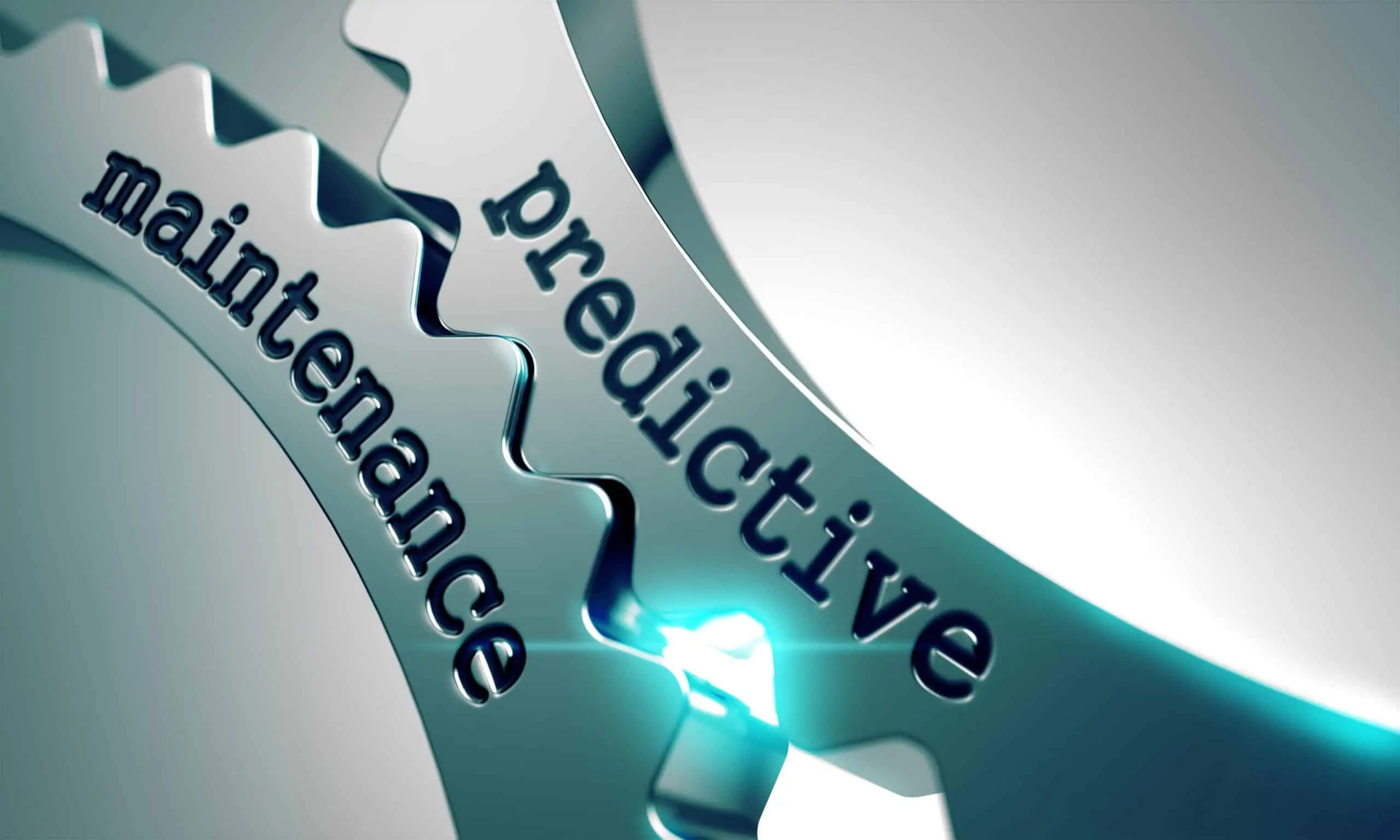Lately I’ve been thinking a lot about a recent phone call I had with an MPulse Software user, a customer and friend for many years.
“Steve,” Jim said. “My new boss says our shop needs to start doing predictive maintenance. I’ve been working this gig for many years, and I think we’re not talking about the same thing when he says ‘predictive maintenance.’ What do you think?”
I totally understand where Jim is coming from. As a maintenance veteran, I’ve noticed some confusion about the term “predictive maintenance.” It turns out “predictive” means different things to different people. I’ve heard a lot of customers say “predictive maintenance,” when they really mean preventive or condition-based maintenance.
It’s my job to understand our customers’ real goals, and then help them understand how MPulse Software, Inc can help them get there. So, let’s review the types of predictive maintenance plans and what they mean.
Run-to-Failure (RTF) Maintenance is running an asset to failure. A simple example would be replacing a burned-out light bulb. An important goal of CMMS usage is to reduce run-to-failure maintenance in favor of a more proactive maintenance plan. Even if your assets have been maintained based on failure in the past, you can easily begin to use CMMS to collect important data that will help you predict future failures.
Preventive Maintenance (PM) is triggered by time, meter, or event. This type of maintenance is common in most maintenance departments. Everyone understands it in terms of auto maintenance: changing your oil every 3,000 miles or every 3 months. (Which is far too often in today’s cars, by the way.) CMMS excels at helping maintenance shops schedule preventive maintenance tasks, preventing failure and prolonging asset life cycles.
Condition-Based Maintenance (CBM) allows you to track meters and gauges on assets, and to trigger work orders when certain numbers are hit. When an asset’s condition changes outside of a specified range, maintenance events are triggered in your CMMS. While the actual data can be gathered manually or automatically, you’ll need a CMMS to store the data and to alert maintenance staff when it’s time to take action. Because CBM monitors an asset’s real-time condition, there’s a predictive element to it. But true predictive maintenance is slightly different.
Predictive Maintenance (PdM) is the scientific analysis of how long an asset will last using one or many types of measurement. A classic example of PdM maintenance is electrical transmission grids, where engineers are charged with analyzing detailed information about equipment failure rates, so they can program software to predict when similar assets will fail in the future. CMMS plays a role in PdM maintenance too. MPulse Software, Inc can capture, store, and organize data that can be produced into reports and fed into predictive analytical tools.
It turned out that Jim’s boss really was talking about condition-based maintenance. He wanted to integrate sensors on key assets and use the power of the Internet of Things (IoT) to collect the data to feed into their MPulse CMMS software. I understand his confusion because CMMS combined with IoT is an excellent way to help maintenance teams to foresee asset failure and proactively perform maintenance. It’s not truly predictive maintenance, but it’s much more proactive that run-to-failure or preventive maintenance.
Whether you’re really doing predictive maintenance or not, you’ve got have CMMS software to keep up with the large and growing number of data points in today’s industrial or facilities environment. If you need help getting started, contact us to learn more.


